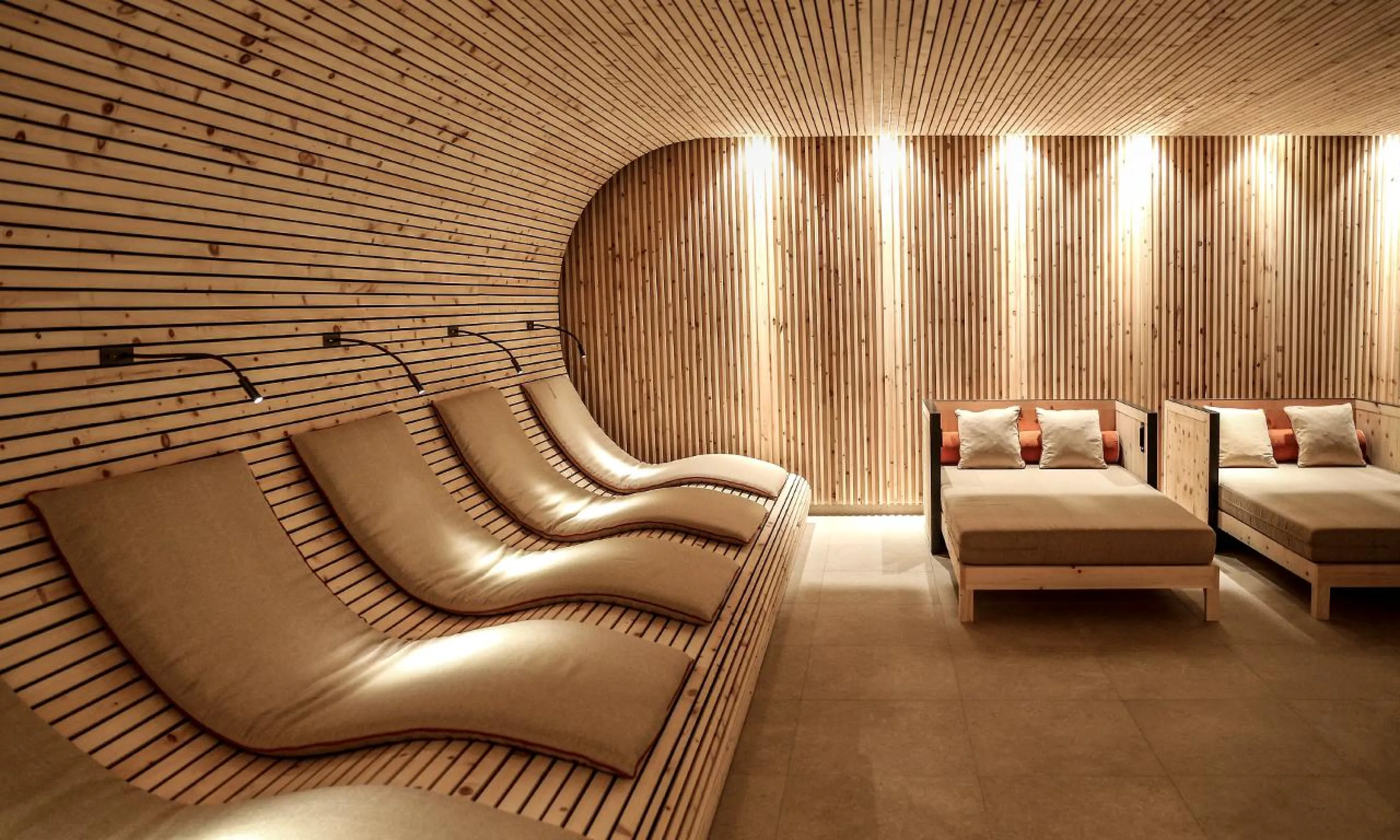How to bring biophilic design into wellness facilities
Wellness facilities are spaces for mental and physical regeneration, relaxation, and self-care.
This episode of Biophilic How To looks into the design of wellness facilities from a biophilic perspective, combining atmospheres, design choices, and the experience of space in a nourishing outcome…
A space for the self
A wellness retreat is a time to disconnect from day-to-day life and reconnect with the self. A deeply personal and intentional appointment that calls for a comforting, restorative, and introspective space.
As a whole, a wellness facility is a refuge that embraces guests by means of enveloping shapes, soft light, cave-like atmospheres…all contributing to a soothing ambiance.

Designing a biophilic wellness facility
Wellness treatments stimulate all the senses. Sensory design elements can complement the experience, incorporating rich textures, comforting sounds, delicate scents, and more.
Wellness facilities are often connected to their ecological surroundings as they benefit from local natural features, such as thermal waters. Incorporating elements of local identity in the space is a way to extend the sense of connection, inviting guests to appreciate the bounty of their environment.



A water-based experience
Water is usually a central element of wellness treatments. Being already part of the space for functional reasons, water-based design features can enhance the presence of this element, create more occasions for interaction, as well as invite a deeper connection to it.


Wellness facilities are inherently centered on wellbeing. A wellbeing-centered design complements the experience, making it more restorative and engaging while nurturing a deeper bond between guests and the natural world.
Further resources:
Available in the shop, anooi’s publications explore the nuances of a biophilic ethos, highlight anooi’s perspective on the topic, and cover the studio’s ongoing research in biophilic thinking and design.